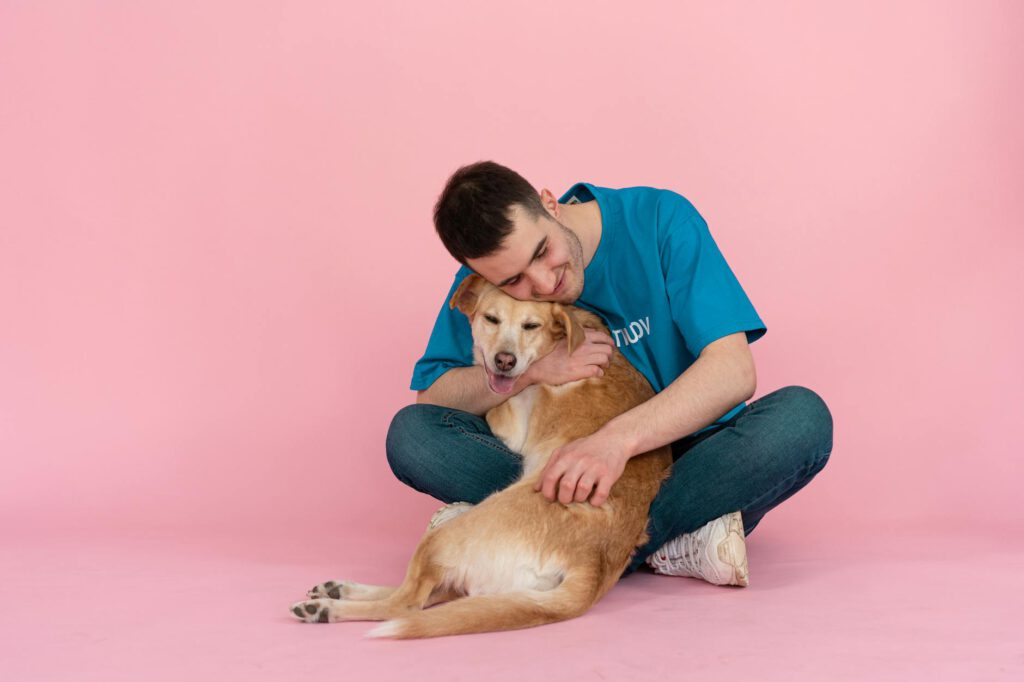****
Introduction
For professors, academic breaks—whether summer vacations, sabbaticals, or holiday recesses—offer a much-needed respite from teaching, grading, and research. However, these breaks can also present a challenge: what to do with beloved pets while traveling? This is where pet sitting comes in as a valuable solution.
Pet sitting isn’t just a convenience for professors; it’s also a lucrative opportunity for students, staff, or fellow faculty members looking to earn extra income. By offering reliable pet care services, sitters can build trust within academic communities while ensuring pets receive the attention they need.
This article explores how professors can find trustworthy pet sitters, how aspiring sitters can establish credibility, and the best strategies to make pet sitting a rewarding side hustle during academic breaks.
Why Pet Sitting is Ideal for Professors
Professors often have structured schedules, making it easier to plan pet care in advance. Unlike corporate professionals with unpredictable workloads, academics typically know their break periods well ahead of time. This predictability allows for seamless arrangements with pet sitters.
Additionally, professors frequently live in university towns with tight-knit communities. This creates a built-in network of potential sitters—students, colleagues, or staff who may already be familiar with the professor’s home and pets.
Benefits for Professors:
- Peace of mind – Knowing pets are cared for in a familiar environment.
- Avoiding boarding stress – Pets stay in their own home, reducing anxiety.
- Supporting the academic community – Hiring students or staff helps them financially.
Benefits for Pet Sitters:
- Flexible income – Earn money during breaks without long-term commitments.
- Low startup costs – No need for special equipment or office space.
- Networking opportunities – Build relationships with faculty members.
Finding the Right Pet Sitter: A Guide for Professors
1. Leverage University Networks
Professors have access to a pool of responsible individuals through:
– Student job boards – Many universities have portals for part-time work.
– Department emails – A simple request to colleagues can yield recommendations.
– Campus organizations – Animal-loving student groups may have members interested in pet sitting.
Example:
A biology professor needing a summer pet sitter could email the pre-veterinary student association, where members often seek hands-on animal care experience.
2. Use Trusted Pet Sitting Platforms
While personal referrals are great, platforms like Rover, Wag, or Care.com provide background-checked sitters with reviews. Professors can filter sitters based on experience with specific pets (e.g., reptiles, birds, or senior dogs).
Tip:
Look for sitters who specialize in academic schedules—many grad students or adjunct faculty may align well with a professor’s timeline.
3. Conduct a Trial Run
Before committing to a long-term arrangement, schedule a short trial (e.g., a weekend) to assess compatibility. Observe how the sitter interacts with the pet and follows care instructions.
How to Become a Trusted Pet Sitter in Academic Circles
For students or staff looking to break into pet sitting, building trust is key. Here’s how to position yourself as a reliable choice for professors:
1. Highlight Relevant Experience
- Academic connections – Mention if you’ve worked in labs (showing responsibility) or have taken animal-related courses.
- Past pet care roles – Even informal experience (e.g., fostering, volunteering at shelters) counts.
2. Offer Customized Services
Professors may have unique needs, such as:
– Administering medication – Common for older pets.
– Maintaining routines – Some pets thrive on strict schedules.
– House-sitting perks – Watering plants or collecting mail adds value.
3. Provide Regular Updates
Professors appreciate transparency. Send daily photos or brief updates to reassure them their pet is in good hands.
Essential Tools and Resources for Pet Sitters
To stand out, sitters should invest in a few key tools:
Must-Have Apps & Tools:
- Rover or Wag – For managing bookings and payments.
- Pet First Aid Apps (e.g., Red Cross Pet First Aid) – For emergency guidance.
- Google Calendar – To track multiple clients’ schedules.
Helpful Extras:
- A pet care binder – Leave notes on feeding times, vet contacts, and quirks.
- Insurance – Platforms like Pet Sitters Associates offer liability coverage.
Frequently Asked Questions (FAQs)
1. How much should professors pay for pet sitting?
Rates vary by location and services, but typically:
– $25–$50 per day for basic care (feeding, walks).
– $50–$80 per day for specialized care (medication, 24/7 attention).
2. What if a pet has special needs?
Always disclose medical or behavioral concerns upfront. Experienced sitters may charge extra for complex care.
3. Can graduate students balance pet sitting with research?
Yes! Pet sitting is flexible—perfect for fitting around lab hours or writing sessions.
4. How can sitters build long-term client relationships?
Consistency is key. Delivering excellent service leads to repeat business and referrals.
Conclusion
Pet sitting offers a win-win solution for professors and sitters alike. For academics, it ensures pets are cared for by trustworthy individuals during breaks. For sitters—especially students or staff—it’s a flexible way to earn income while strengthening ties within the university community.
By leveraging campus networks, using the right platforms, and emphasizing reliability, both professors and sitters can create lasting, mutually beneficial arrangements. Whether you’re a professor in need of care or someone looking to start pet sitting, the key is trust—and with the right approach, it’s easily within reach.
Would you consider pet sitting as a side hustle during your next break? Or, if you’re a professor, what qualities do you look for in a sitter? Share your thoughts in the comments!

